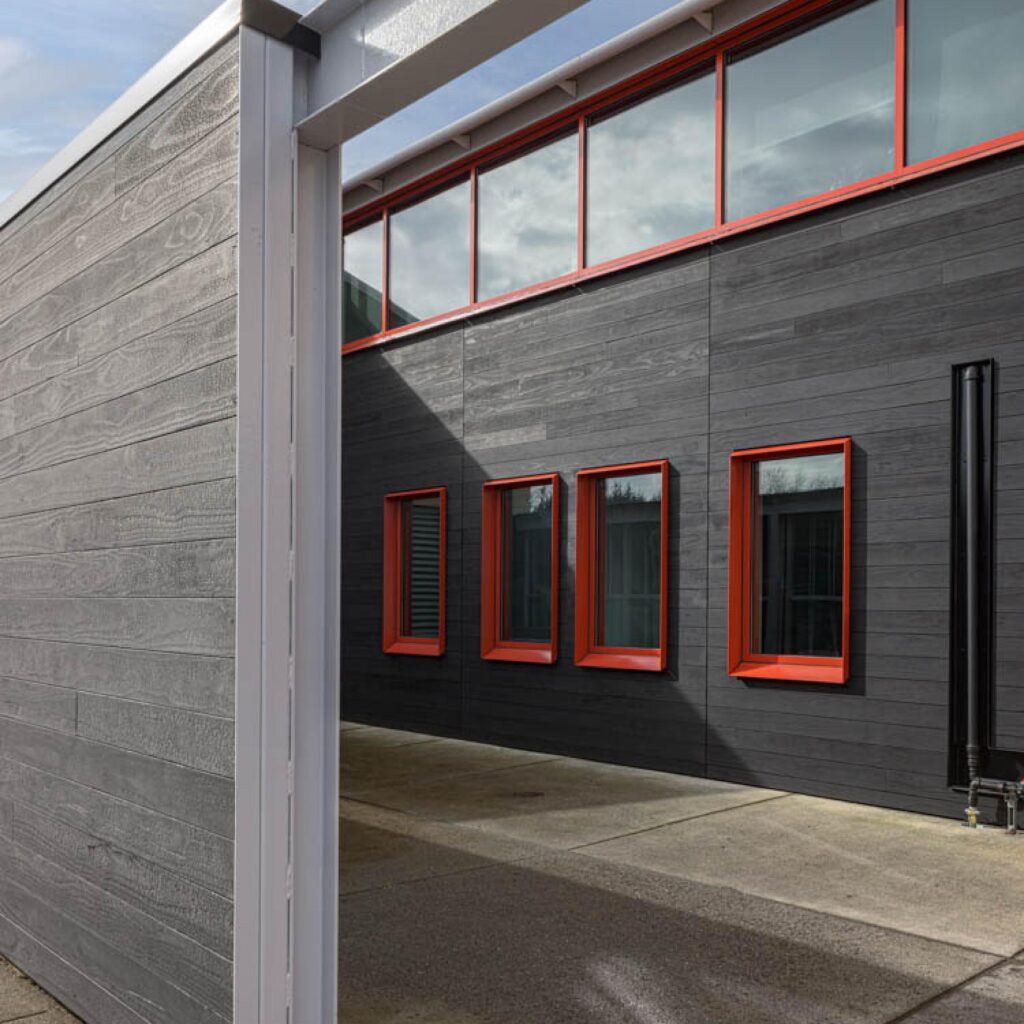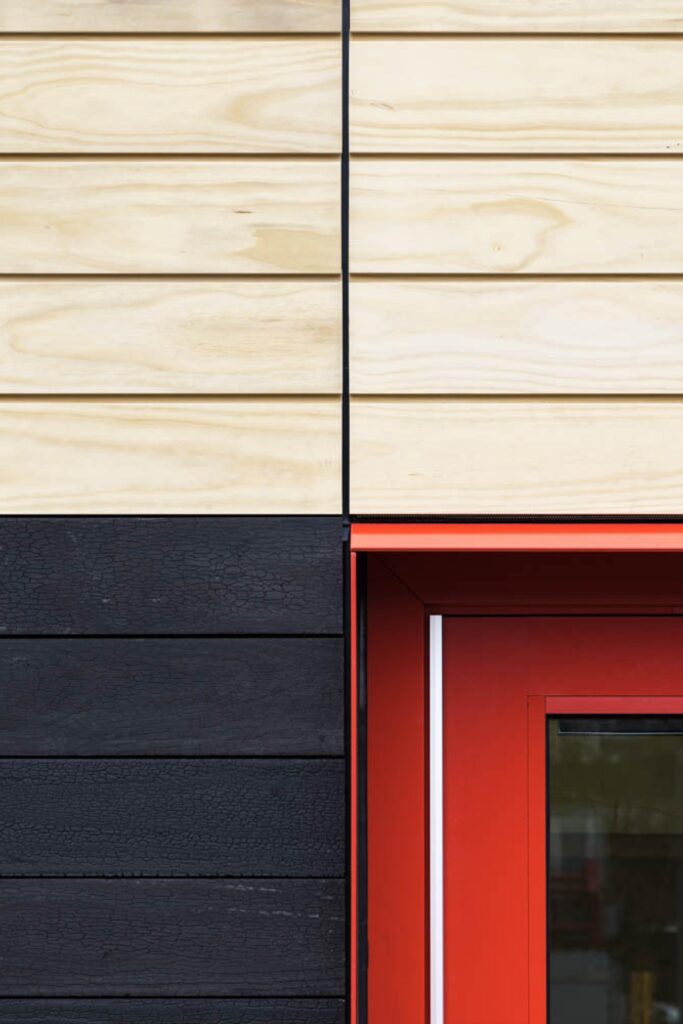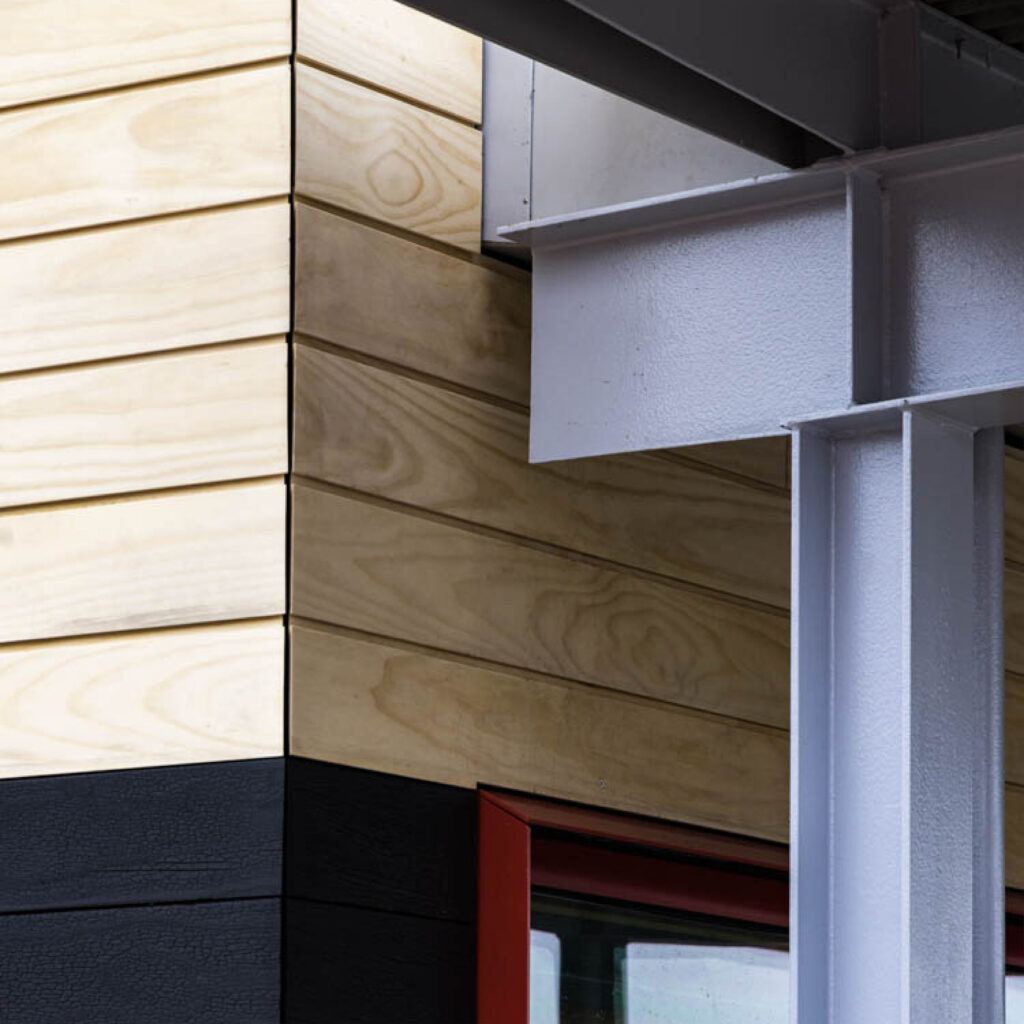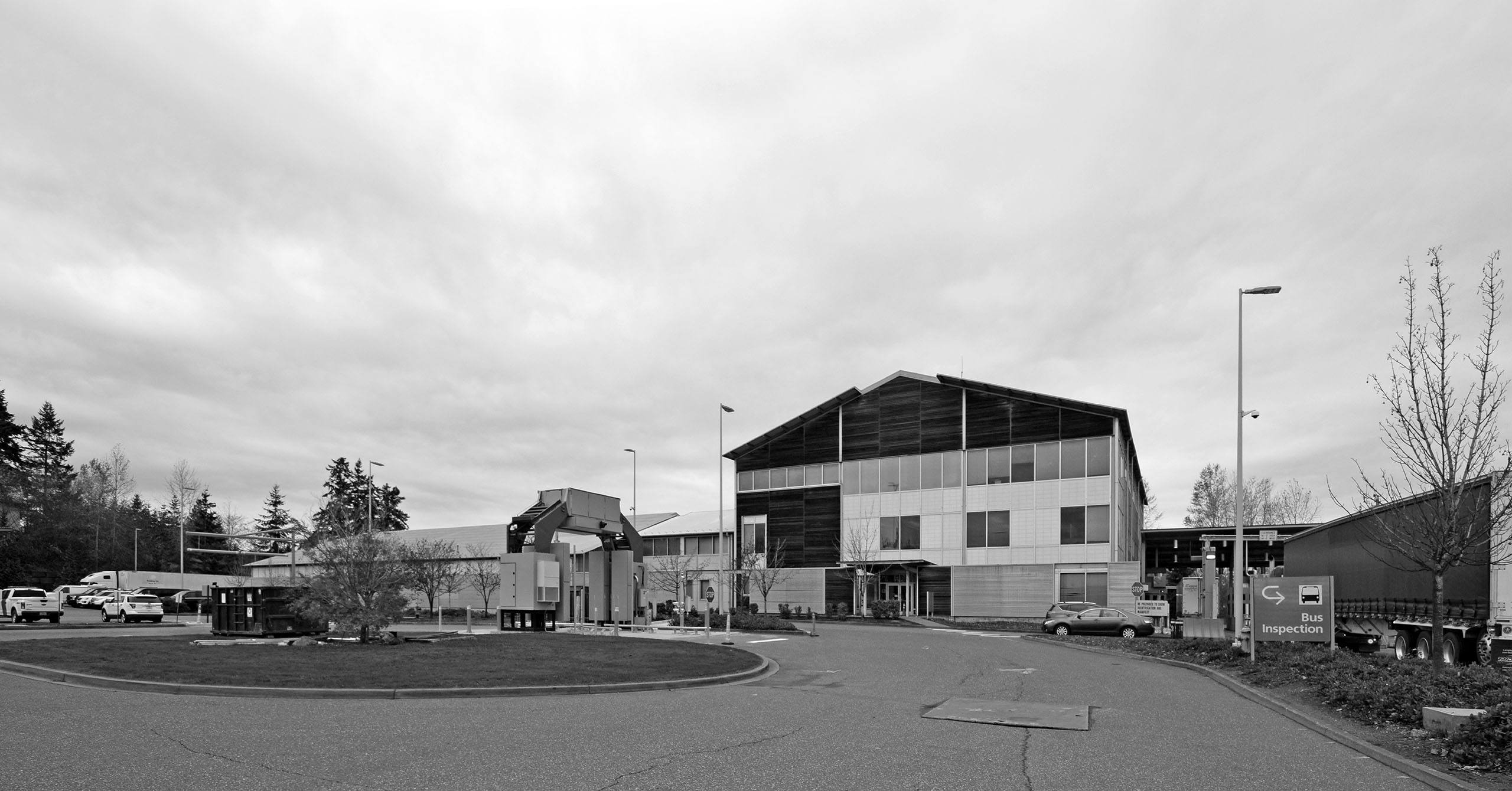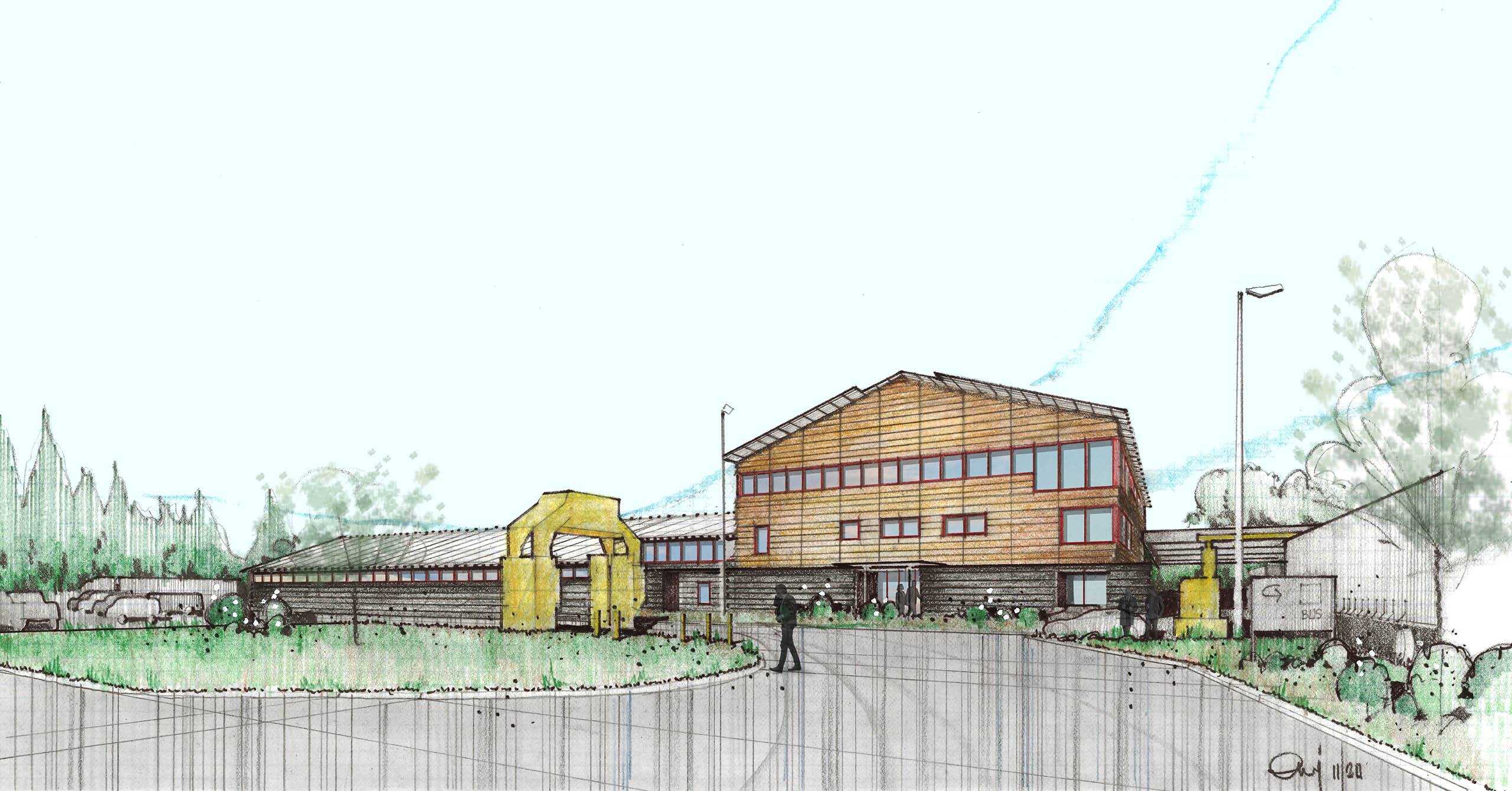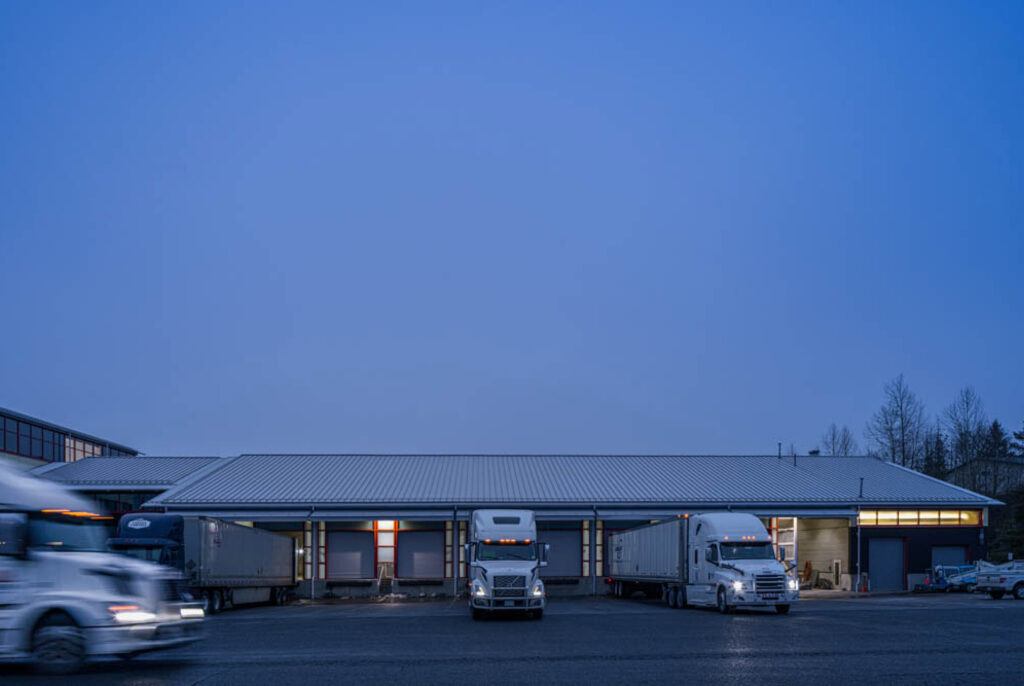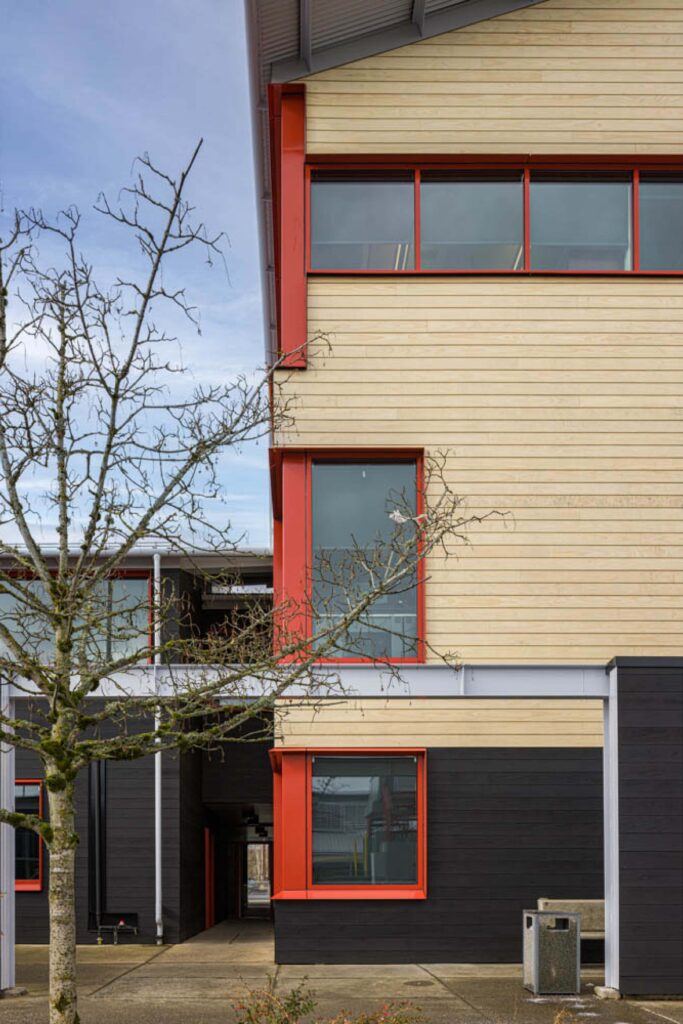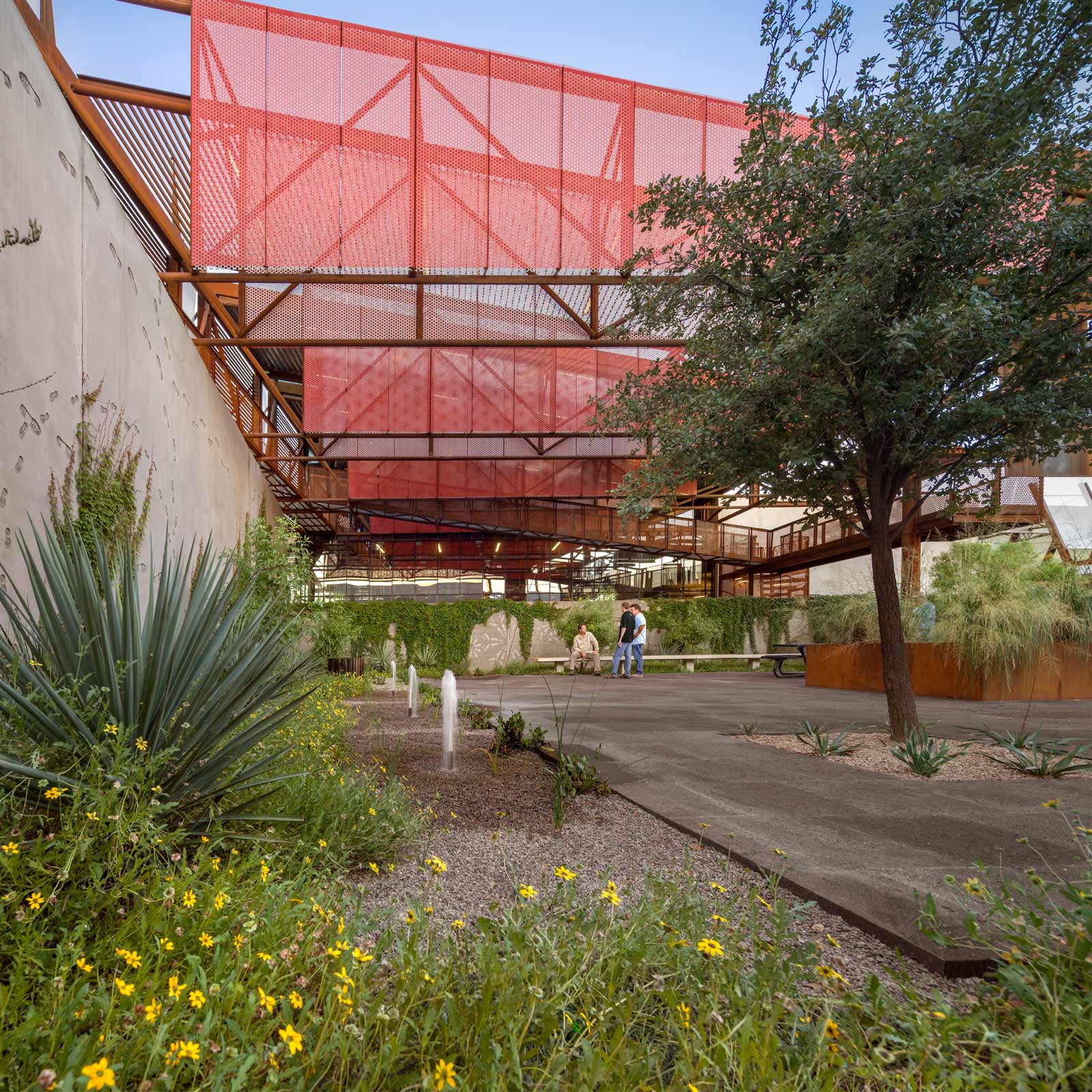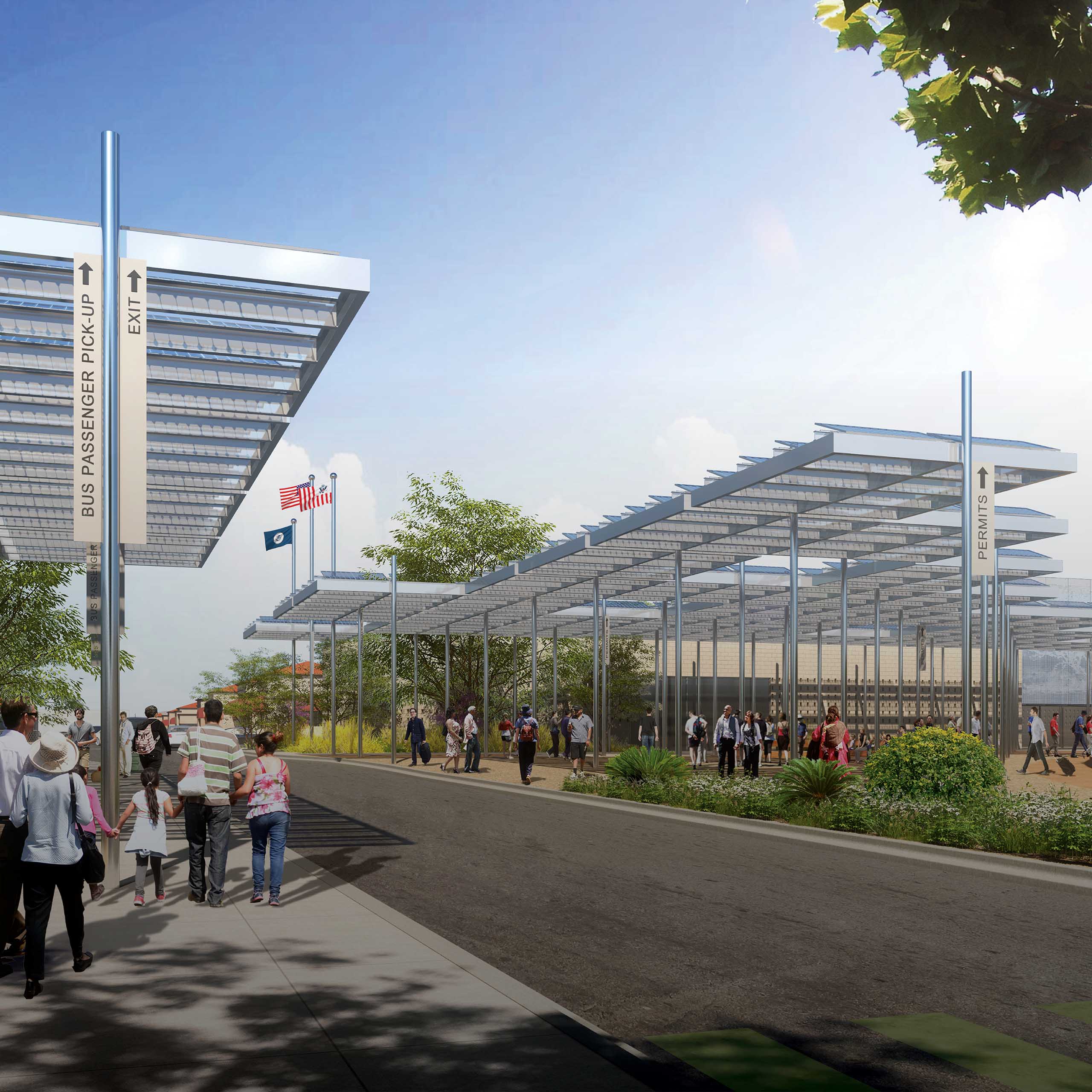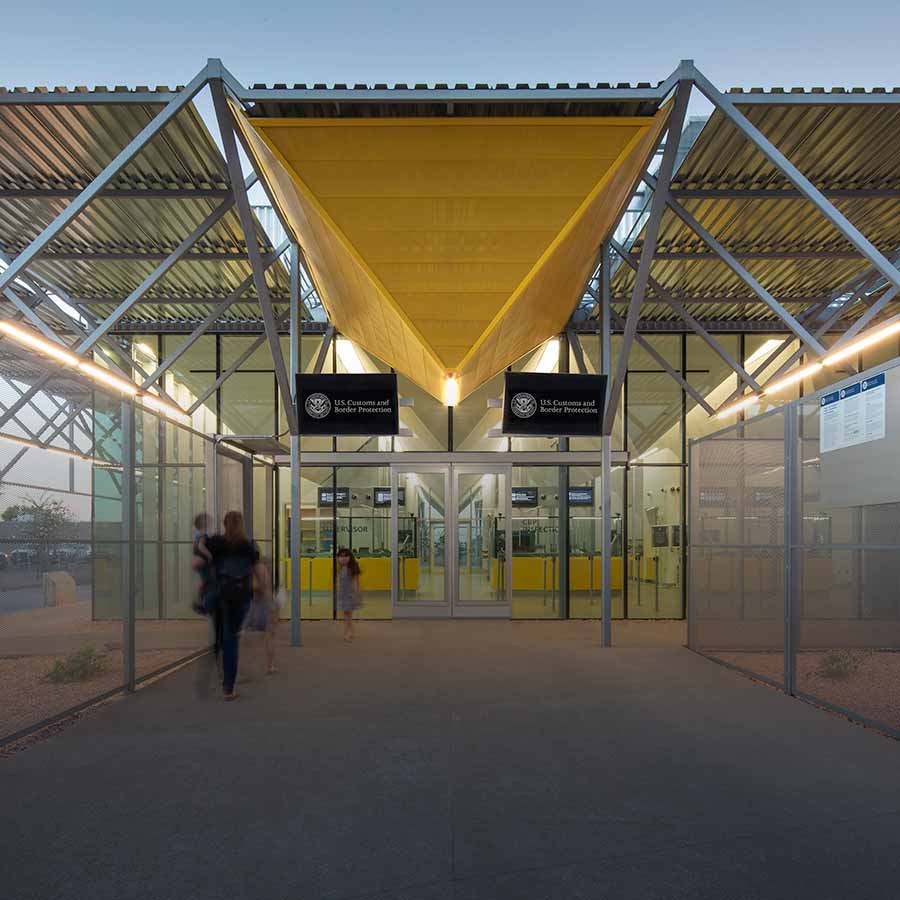
Pacific Highway Land Port of Entry Complete Envelope Replacement
A beautiful national face designed to last
Client
U.S. General Services Administration
Location
Blaine, Washington
Expertise
Public
Delivery Method
Design-Build
Project Team
The original concept for the Pacific Highway Land Port of Entry in Blaine, Washington, was inspired by the vernacular barns and sheds of the rural northwest. As described by the architect, Thomas Hacker, FAIA, the port is a collection of buildings celebrating the richness of these humble structures that “evolves that tradition with a strictly modern approach to structural and material expression.” Over time, however, the envelope had degraded, requiring modernization while maintaining the character of the original GSA Design Excellence project. With careful sensitivity to the existing buildings, our redesign of the port exteriors honors the original through modern materials grounded in the traditions of the region.
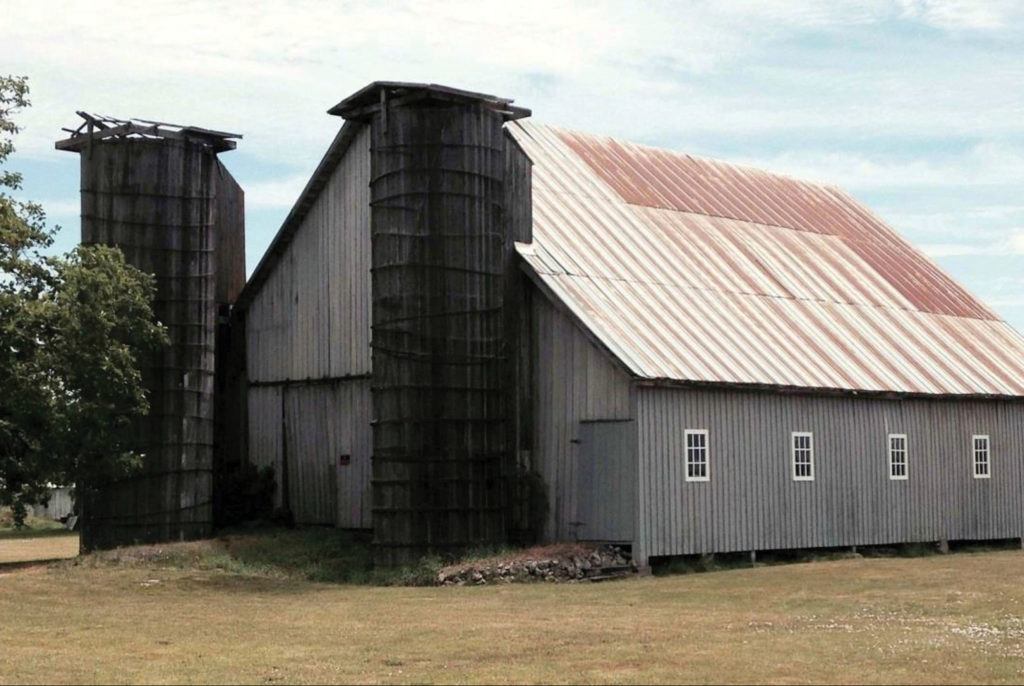
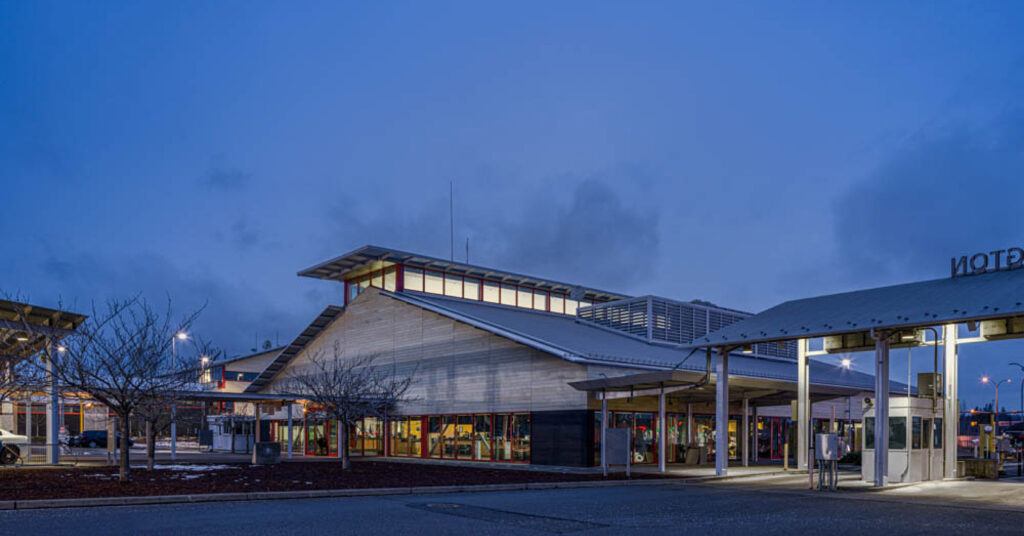
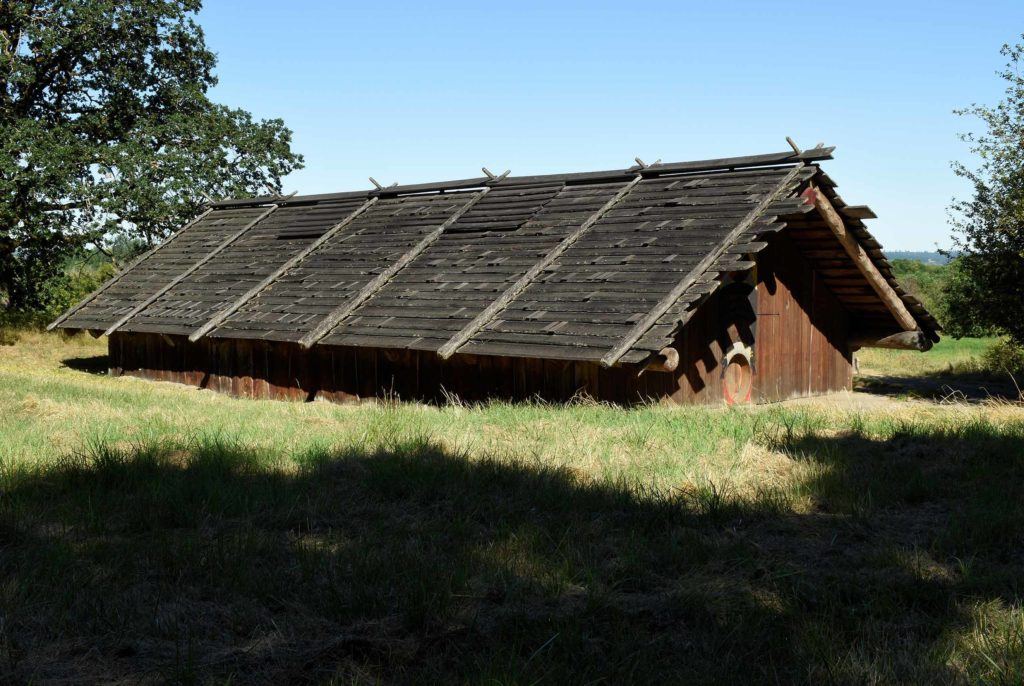

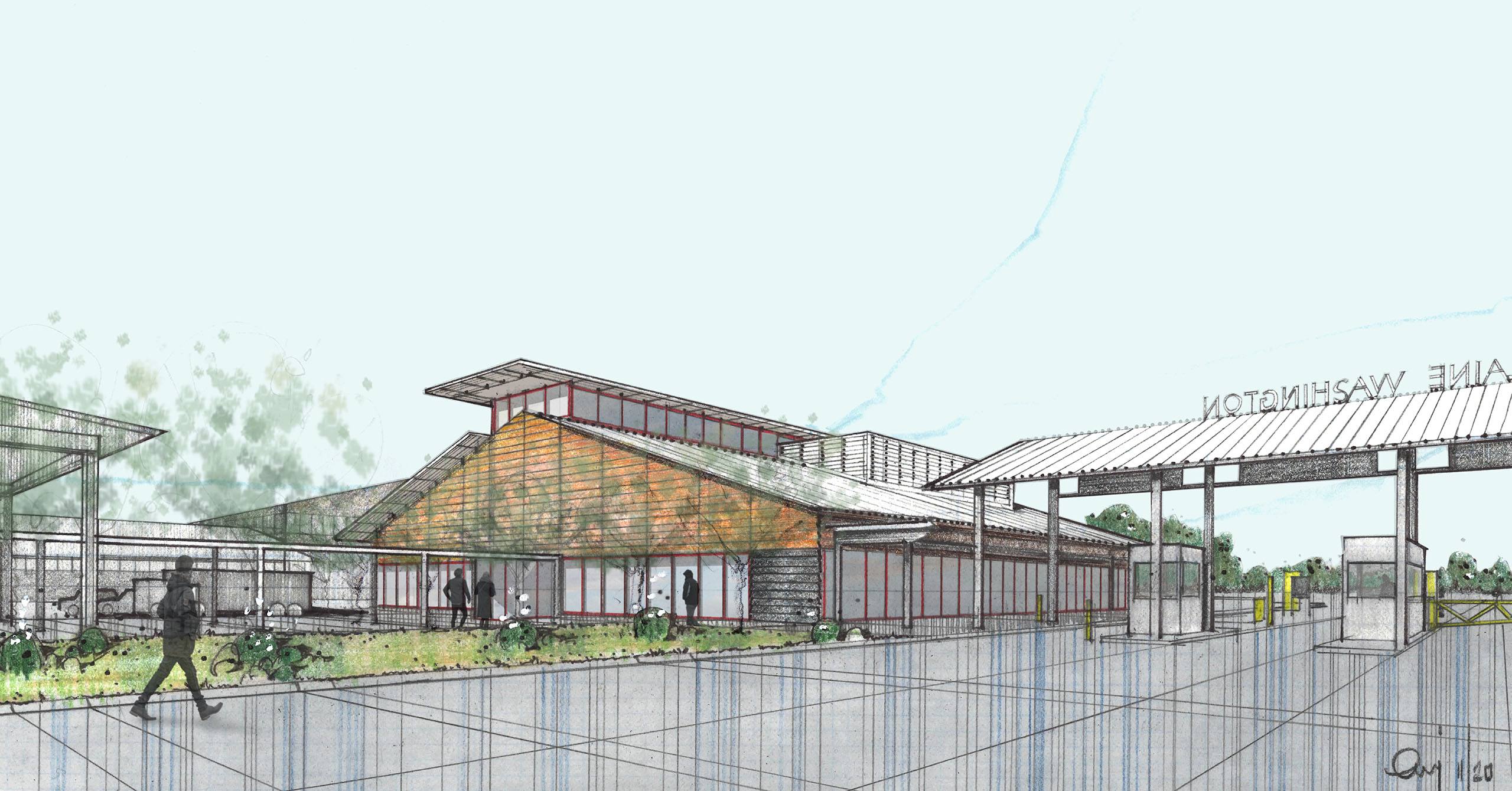
Decades of moisture, pest, and air infiltration through the original exterior required a complete removal and replacement of the envelope—siding, weatherproofing, glazing, and roofing—to ensure the buildings’ durability and improve their performance, while also maintaining the 24/7 operations of the port. Researching centuries of construction and culture in the Pacific Northwest illustrated the regional significance of wood and it’s innate ability to weather the pouring rains and corrosive sea air. As a ubiquitous siding material for those local, traditional barns, it was also a natural replacement for the existing deteriorating metal siding on the port. In studying the proportions of the buildings, a clear line across the original elevation design revealed an opportunity for varying expressions of wood siding, with a more natural wood above and a charred wood below.
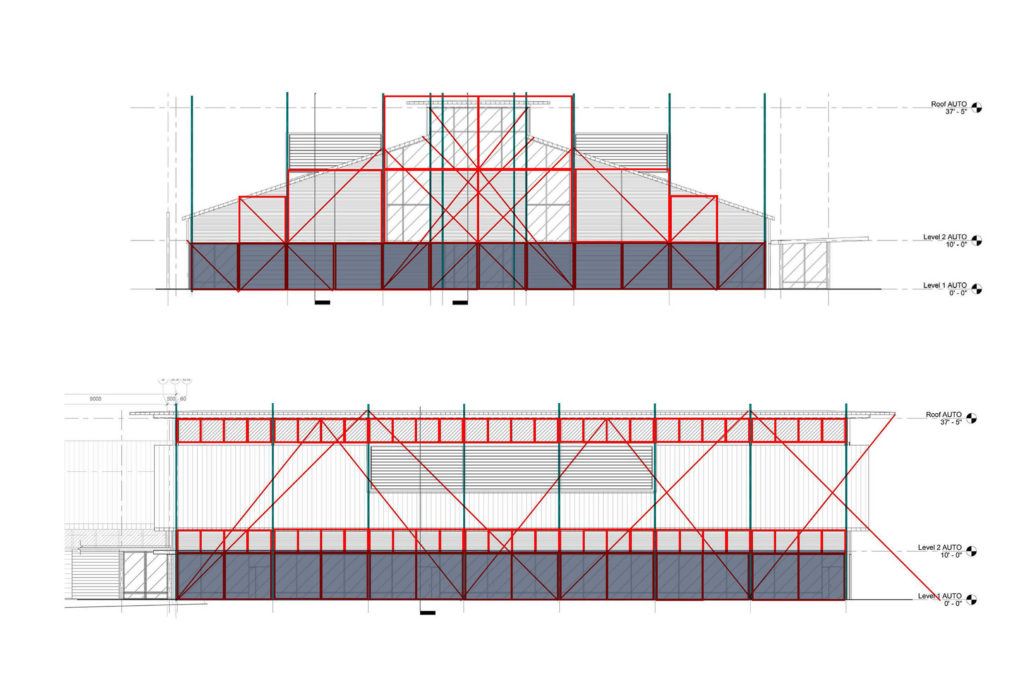
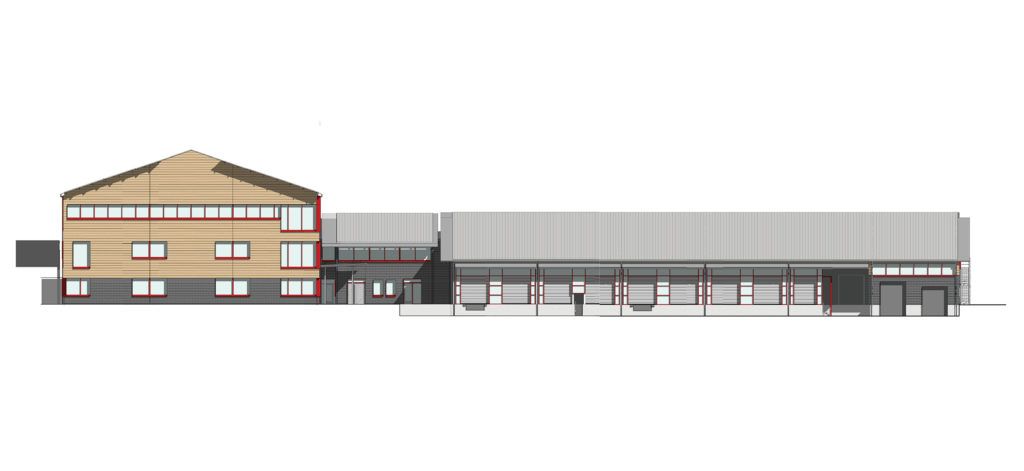
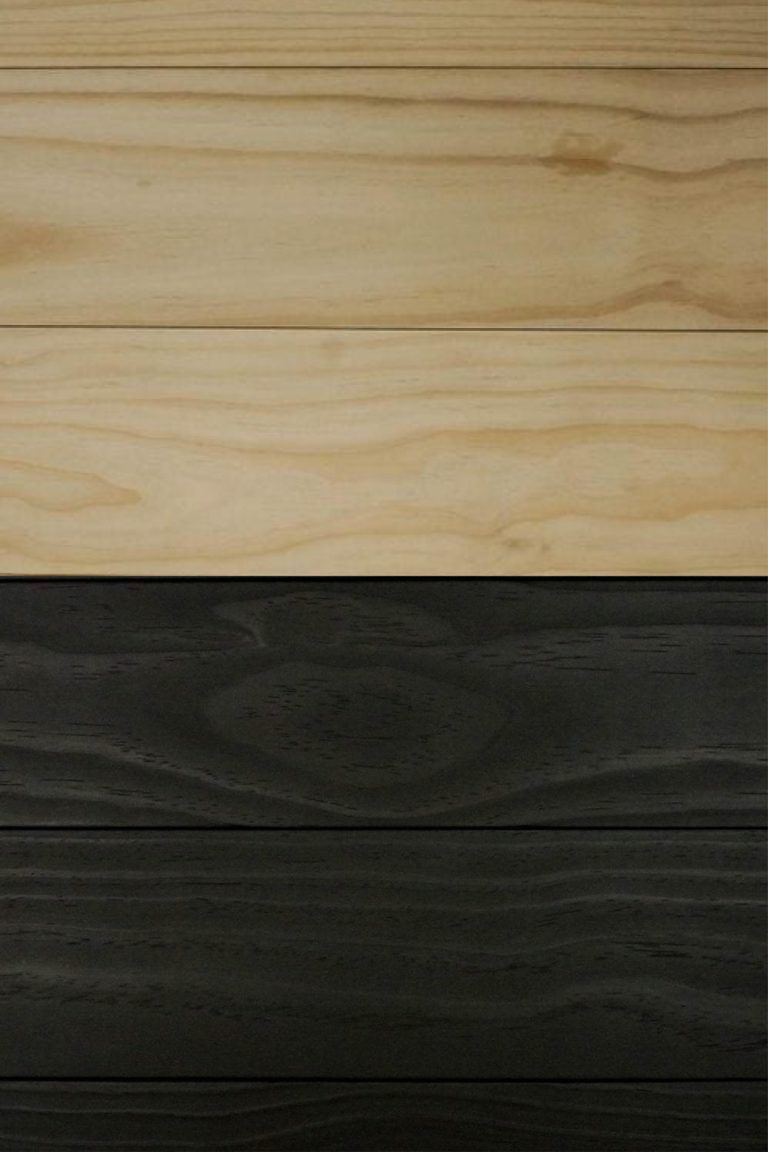
As part of a thorough energy and daylighting analysis of the existing inefficient windows, the redesign dramatically reduced the glazing area without impacting the natural daylighting of the interior or the surveillance of the port. These new windows punctuate through the fields of wood siding with frames of bright red aluminum. Finally, the original metal roofing—also eaten away by the incessant rain and leaking through its many exposed fasteners—is replaced with a standing seam roof that conceals and protects its connection to the building. These elements unify the campus through a palette of materials that seamlessly integrates with the existing structures.
